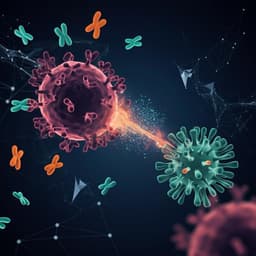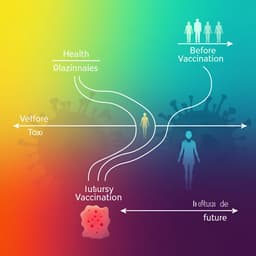
Biology
The Breadth of the Neutralizing Antibody Response to Original SARS-CoV-2 Infection is Linked to the Presence of Long COVID Symptoms
A. M. Buck, A. N. Deitchman, et al.
This groundbreaking study by Amanda M Buck and colleagues explores the intricate link between the breadth of SARS-CoV-2 neutralizing antibodies and Long COVID characteristics. Delving into how specific antibody responses to the Omicron BA.5 variant impact Long COVID odds and symptoms, the findings highlight a nuanced immune response involved in this emerging condition.
~3 min • Beginner • English
Related Publications
Explore these studies to deepen your understanding of the subject.







